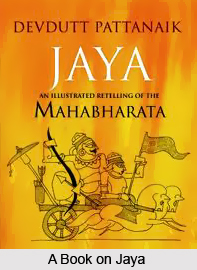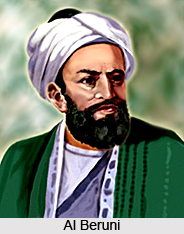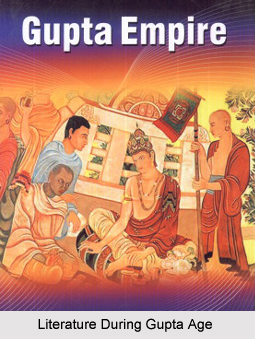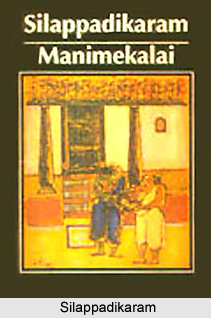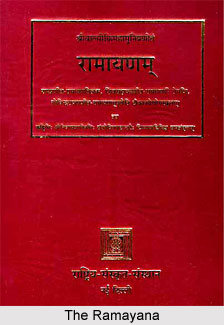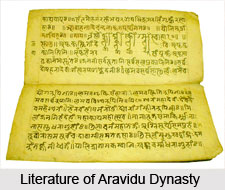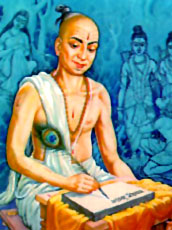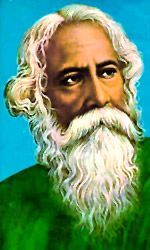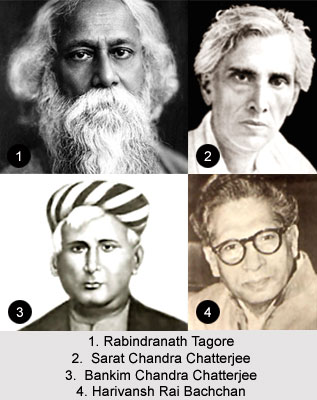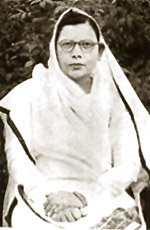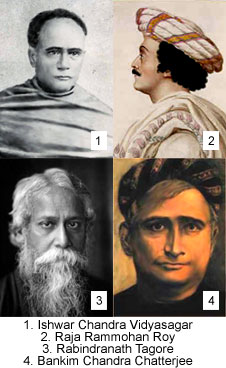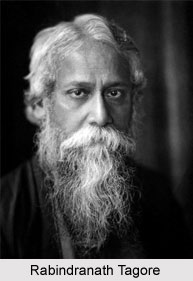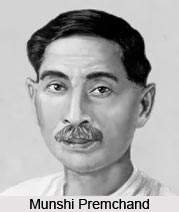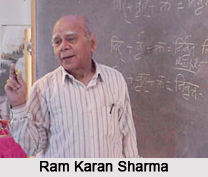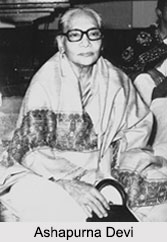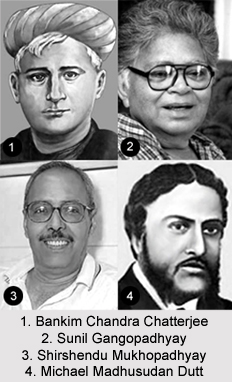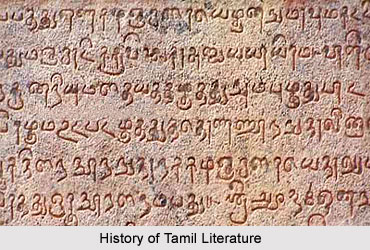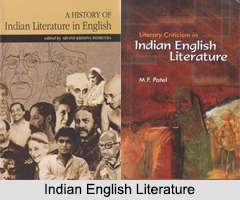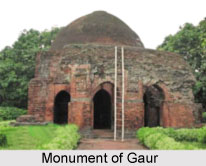 Bengali Literature in the Gaur period can be considered as the origin of Bengali Literature. The musical and mystical character of Bengali literature appears in a fragment that is believed to be its earliest extant specimen. The Charya is a collection of short songs by Buddhist teachers (siddhacharyas) of the Sahajiya cult. It is written in matrdvritta metre. It mentions the various modes in which hardly clear.
Bengali Literature in the Gaur period can be considered as the origin of Bengali Literature. The musical and mystical character of Bengali literature appears in a fragment that is believed to be its earliest extant specimen. The Charya is a collection of short songs by Buddhist teachers (siddhacharyas) of the Sahajiya cult. It is written in matrdvritta metre. It mentions the various modes in which hardly clear.
The Charya was discovered along with three collections of songs in non-Bengali dialects and a Sanskrit commentary. Its language is now believed to represent the stage when Bengali had emerged from Magadhi Apabhramsa. Charya was purely historical and linguistic. There are other works like Dak o Khandr Vachan, Goraksa-vijay, Mina-chetan, Maynamatir Gan and Sunya-puran. Khandr Vachan is a collection of aphoristic sayings that narrates the cultivation of crops, house-building, tree-planting. Many of the sayings have become household proverbs, and some are delightful in their quaintness and naivete.
After the Charya there is no evidence of any literature for next four hundred years. Various cults had spread over the country. The fables of these cults appear in literary form from fifteenth century onwards. They have acquired the character and dimension of national legends.
In those four hundred years poetry was evolving as a standard metrical measure. This was the Payar which is the heroic couplet of Bengali poetry. This was the principal medium till the nineteenth century. Poetry reappears with Krittivas`s Ramayana; the Payar has already established itself. After the Muslim conquest there was a period of anarchy and devastation.
In the middle of the fourteenth century when Elias Khan became sultan of Bengal peace returned. Thereafter there were favourable conditions for literature to revive and to flow in a continuous stream. Bengali poets got the patronage of Muslim royalty and nobility of the late fifteenth and the early sixteenth centuries.
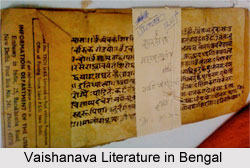 The revived literature was divided into three broad divisions which persisted till the end of the Nadiya period. The first division consists of translations of Sanskrit works especially of Ramayana, Mahabharata and the Bhagavata Purana. Greatest examples are the Ramayana of Krittivas and the Mahabharata of Kasiram Das. The second division consisted of the Vaishnava literature. It has been divided into several groups. Vaishnava Padavali is the most beautiful thing in Bengali literature till today. The third division consisted of the narrative and other poems that arose out of various laukik cults.
The revived literature was divided into three broad divisions which persisted till the end of the Nadiya period. The first division consists of translations of Sanskrit works especially of Ramayana, Mahabharata and the Bhagavata Purana. Greatest examples are the Ramayana of Krittivas and the Mahabharata of Kasiram Das. The second division consisted of the Vaishnava literature. It has been divided into several groups. Vaishnava Padavali is the most beautiful thing in Bengali literature till today. The third division consisted of the narrative and other poems that arose out of various laukik cults.
The narrative poems imitated some features of the Sanskrit Mahakavya but were modelled on the Sanskrit Puranas. They absorbed a mass of local folk-lore and legend. They are the best guides that describe the social condition of Bengal prior to the nineteenth century. Manasa, Chandi and Dharma and other laukik deities were worshipped by the lower classes. However in course of time they gained followers in the upper ranks of society.
The literature had a strong religious, sectarian, character and was designed to spread the doctrines of particular sects. The Vaishnavas of Bengal carried on the tradition of active propaganda and wrote about their own deities, saints, aesthetics and theology. The literature of the laukik cults was concerned with the description of their own ritual and with the glorification of their own saints and deities.
Minanath, Goraksanath, and Haripa were the principal saints of the Nath cult. They were represented as omniscient and omnipresent. They were endowed with occult powers. The laukik deities were represented as rewarding with prosperity the men and women. Manasa poems speak of Goddess Manasa. In the Chandi poems Goddess Chandi rewarded her disiciple Kalketu and punished Dhanapati who worshipped a rival deity. The poems that glorified them are called Vijay Kavya or victory poems. The victory these deities gained was twofold: over a disobedient human and over a rival deity worshipped by that person.
Bengali poems were meant to be sung before nineteenth century. The Vaishnava Padavali was sung according to the regular musical modes. Long poems were composed as palas for semi-musical and semi-dramatic performance. The words were conveyed in recitative music interspersed with dramatic and dancing movements. They were accompanied by musical instruments such as the mridanga and the manjira.
